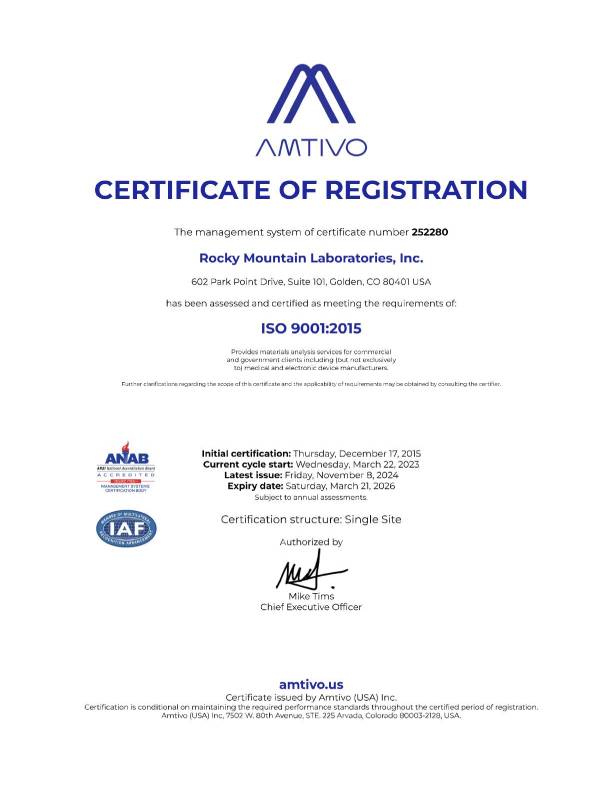X-ray Photoelectron Spectroscopy (XPS) and Scanning Electron Microscopy (SEM) are analytical techniques that serve different purposes and provide distinct types of information about materials. Here are the key differences between XPS analysis and SEM analysis:
- Information Obtained:
- XPS (X-ray Photoelectron Spectroscopy): XPS provides information about the elemental composition, chemical states, and electronic states of the surface of a material. It is a surface-sensitive technique and can provide detailed information about the top few nanometers of a sample.
- SEM (Scanning Electron Microscopy): SEM provides high-resolution images of the surface morphology of a sample. It does not provide information about the chemical composition but is valuable for visualizing surface features and obtaining three-dimensional information.
- Principles:
- XPS: XPS is based on the photoelectric effect. X-rays are used to eject photoelectrons from the surface of a material, and the energy of these electrons is measured to provide information about the sample’s composition and chemical states.
- SEM: SEM uses a focused beam of electrons to scan the surface of a sample. The interaction of the electrons with the sample produces signals such as secondary electrons, backscattered electrons, and X-rays, which are detected to generate detailed images and information about the sample’s topography.
- Depth of Analysis:
- XPS: XPS is a surface-sensitive technique, providing information about the top few nanometers of the sample.
- SEM: SEM provides information about the surface morphology and topography of the sample. The depth of field is typically greater than that of XPS, but it still primarily reflects surface features.
- Spatial Resolution:
- XPS: XPS has high lateral and depth resolution, making it suitable for detailed analysis of small surface areas.
- SEM: SEM provides high spatial resolution in imaging, allowing for the visualization of fine surface details. However, the resolution in terms of chemical analysis is lower compared to XPS.
- Applications:
- XPS: XPS is often used for surface analysis in materials science, chemistry, and surface physics. It is particularly useful for studying the composition and chemical state of thin films, coatings, and surfaces.
- SEM: SEM is widely used for imaging and analyzing the topography of a wide range of samples, including biological specimens, materials, and minerals.
X-ray Photoelectron Spectroscopy Analysis and SEM are complementary techniques, each offering unique insights into the characteristics of a material. XPS provides detailed information about the surface composition and chemical states, while SEM offers high-resolution imaging of surface morphology and topography. Researchers often use these techniques together to gain a comprehensive understanding of the properties of a given material.



